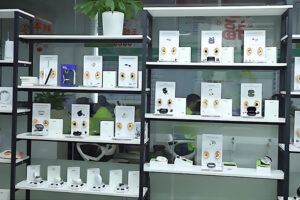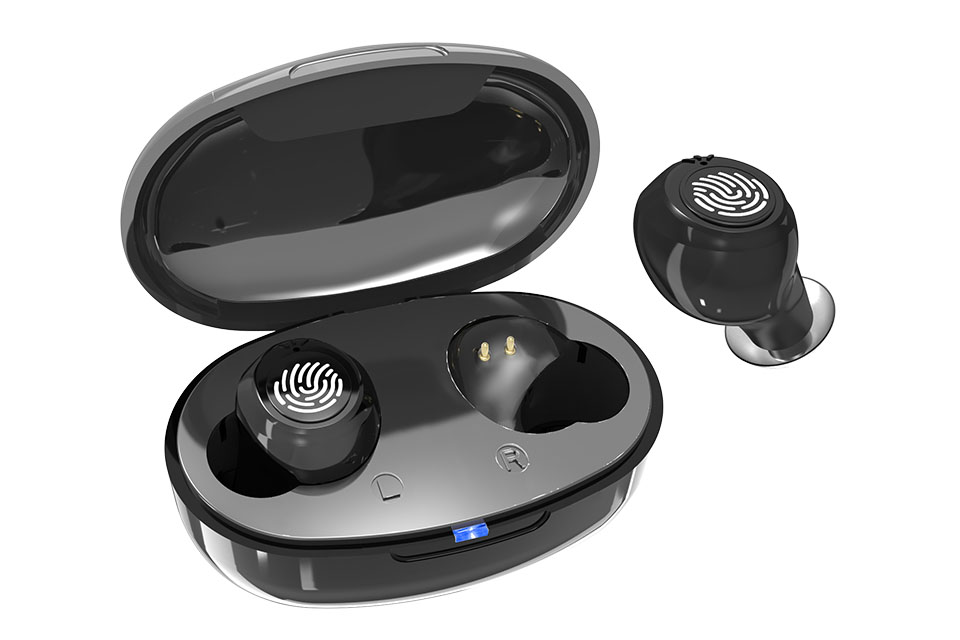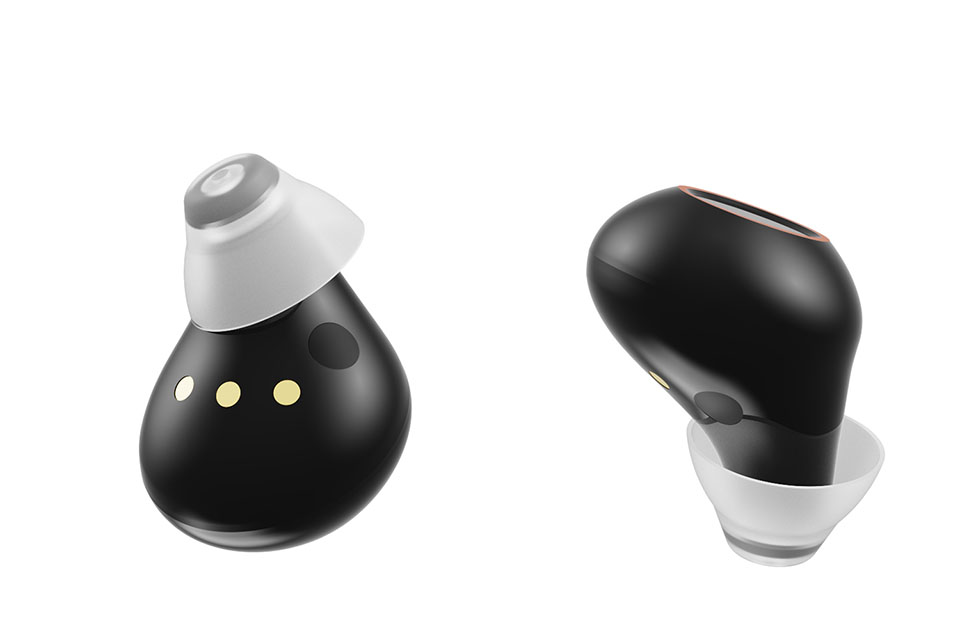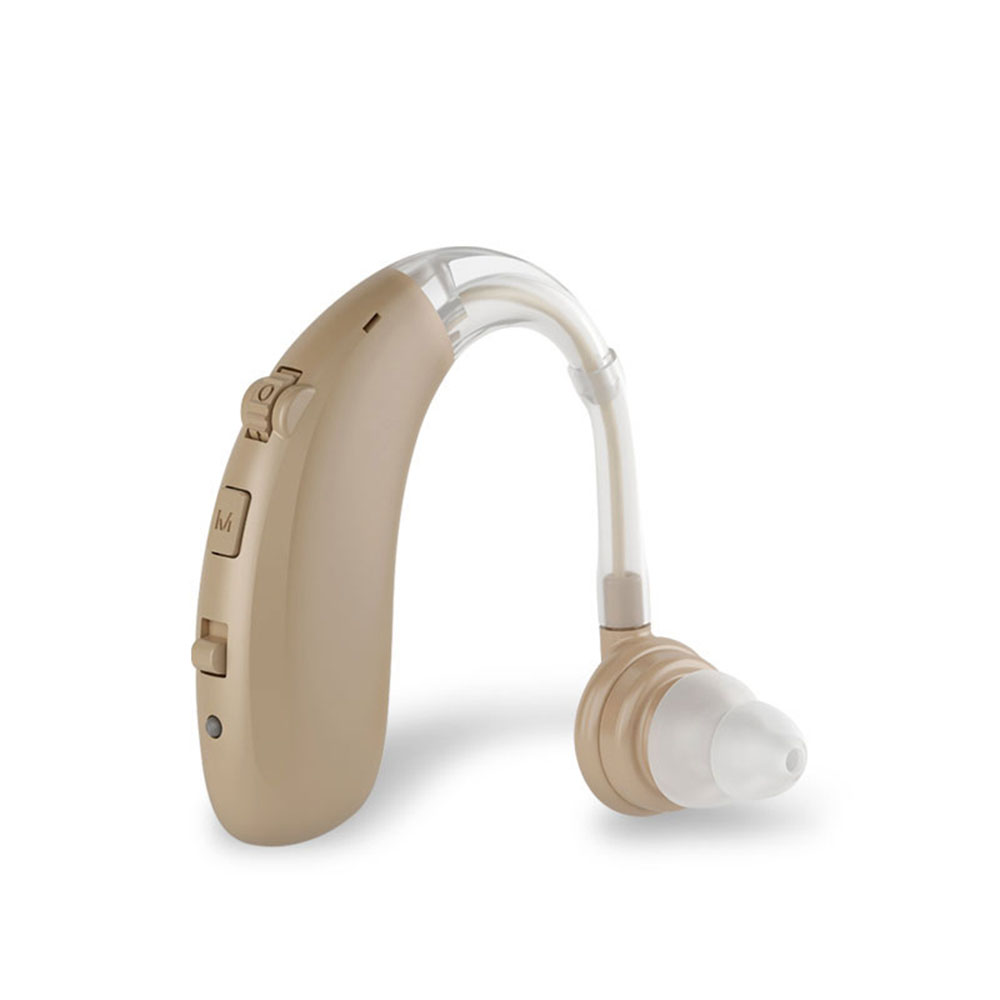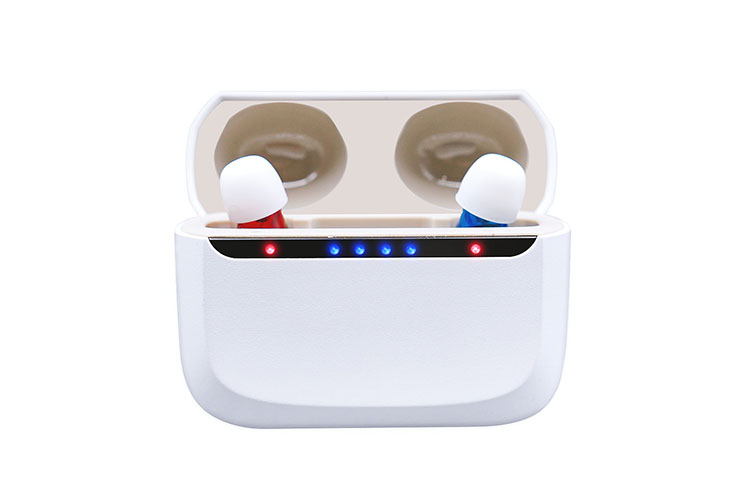1. Current State of Bluetooth Connectivity in Hearing Aids (2024)
Today, Bluetooth-enabled listening to aids have end up a general function in cutting-edge devices. However, not all Bluetooth implementations are equal. Most listening to aids still depend on Bluetooth Classic (BR/EDR) for audio streaming, even as more moderen fashions are adopting Bluetooth Low Energy (BLE) for better electricity performance.
Key Technologies in Use:
- Codecs:
- SBC (Subband Coding): Basic, low-quality audio.
- AAC (Advanced Audio Coding): Better sound, used in Apple devices.
- LC3 (Low Complexity Communication Codec): New standard in LE Audio, offering high-quality sound at lower bitrates.
- Profiles:
- HSP/HFP (Hands-Free Profile): For calls, but poor audio quality.
- A2DP (Advanced Audio Distribution Profile): For music streaming.
- ASHA (Audio Streaming for Hearing Aids): Android’s optimized hearing aid protocol.
Limitations:
- Latency issues (100-200ms) make watching videos difficult.
- Battery drain when streaming continuously.
- Limited multipoint support (connecting to multiple devices at once).
Our Solution:
As a leading China Hearing Aids Factory, we integrate dual-mode Bluetooth (Classic + BLE) in our Bluetooth Hearing Aids, ensuring low latency, long battery life, and seamless switching between devices.
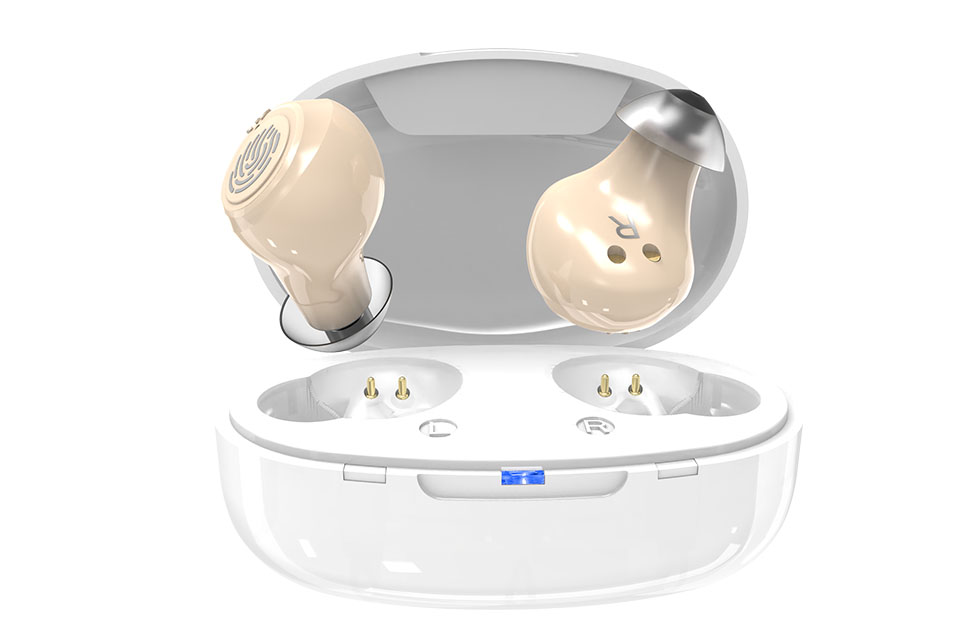
2. Protocols and Codecs: Impact on Audio Experience
The choice of codec and protocol directly affects sound quality, latency, and power efficiency.
Comparison of Popular Codecs:
| Codec | Bitrate (kbps) | Latency (ms) | Power Efficiency |
|---|---|---|---|
| SBC | 192-320 | 150-200 | Low |
| AAC | 250-320 | 120-180 | Medium |
| LC3 | 160-320 | 20-60 | High |
Key Findings:
- LC3 (LE Audio) is a game-changer, reducing latency while improving battery life.
- ASHA (Android) and MFi (Apple) ensure better device compatibility.
Our Advantage:
Our Digital Hearing Aids support LC3 and ASHA, delivering crystal-clear audio with minimal delay.
3. Multipoint and Advanced Connectivity
Multipoint Bluetooth allows hearing aids to connect to multiple devices (phone, TV, laptop) simultaneously. However, most brands struggle with switching delays and dropouts.
Brand-Specific Implementations:
- Phonak: Uses Bluetooth Classic + proprietary tech for stable connections.
- Widex: Focuses on low-latency streaming but lacks multipoint.
- Signia: Supports Bluetooth LE Audio for better efficiency.
Our Innovation:
Our BTE Hearing Aids feature true multipoint connectivity, allowing seamless switching between devices without interruptions.
4. LE Audio and Auracast: Future Trends
LE Audio (Bluetooth 5.2+) introduces:
- Lower power consumption (extends battery life).
- Auracast™ broadcast audio (public venues can stream directly to hearing aids).
Potential Applications:
- Airports, theaters, and churches can broadcast audio.
- Personalized hearing zones in noisy environments.
Our Vision:
We are developing TWS Hearing Aids with Auracast support, enabling public audio streaming for users.
5. Compatibility and Ecosystem Fragmentation
Biggest Challenges:
- iOS vs. Android (MFi vs. ASHA).
- Limited TV connectivity (requires extra accessories).
Our Solution:
Our Rechargeable Hearing Aids work across all platforms, including smart TVs and PCs, without extra dongles.
6. Battery Life and Power Efficiency
Bluetooth drains batteries quickly. Solutions include:
- Snooping mode (reduces power when idle).
- Fast charging (1-hour full charge).
Our Tech:
Our Small Rechargeable Hearing Aids last 30+ hours on a single charge.
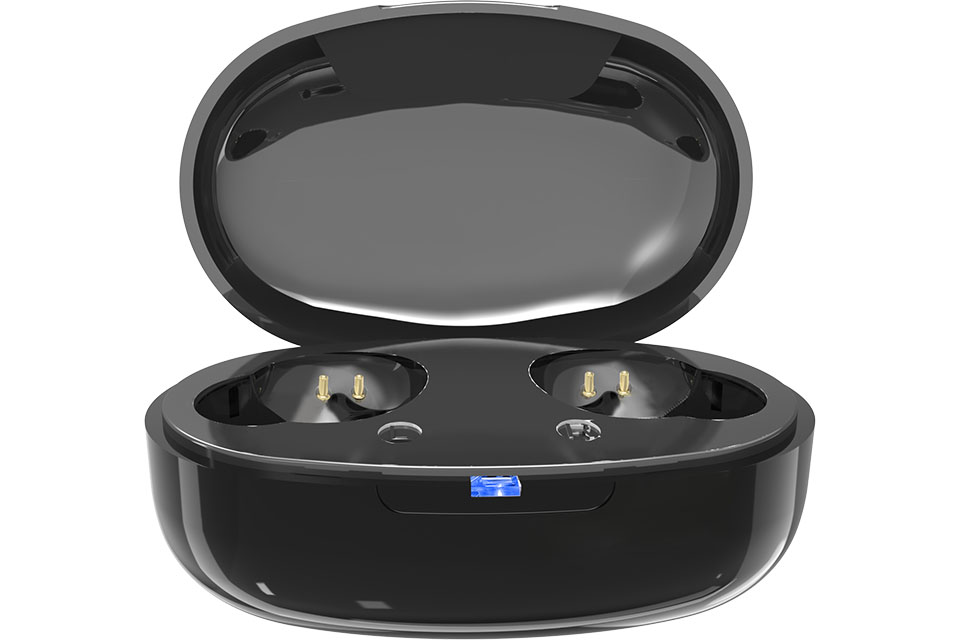
7. Interference in Crowded Areas
Bluetooth struggles in:
- Cities (Wi-Fi, 5G interference).
- Hospitals (medical device signals).
Our Fix:
Adaptive frequency hopping in our Noise Reduction Hearing Aids ensures stable connections even in busy areas.
8. IoT and Voice Assistant Integration
Smart Features:
- Alexa/Google Assistant built-in.
- Home automation alerts (doorbells, alarms).
Our Offer:
APP Control Hearing Aids with voice command support.
9. Technical Comparison of Leading Brands
| Brand | Bluetooth Tech | Multipoint | Battery Life | Latency |
|---|---|---|---|---|
| Phonak | Classic + BLE | Yes | 24h | 150ms |
| Widex | BLE | No | 18h | 120ms |
| Signia | LE Audio | Yes | 30h | 60ms |
| Our Brand | Dual-Mode | Yes | 30h+ | 50ms |
10. Unresolved Challenges & Future Research
Ongoing Issues:
- Audio-video sync (still not perfect).
- Security risks (Bluetooth hacking).
Next-Gen Solutions:
- Ultra-Wideband (UWB) for precise audio sync.
- AI-driven connection management.
Our Commitment:
We invest in R&D for next-gen hearing aids, ensuring cutting-edge Bluetooth performance.
Why Choose Us?
✅ ISO-certified manufacturing.
✅ 3M+ units produced annually.
✅ Custom OEM/ODM solutions for brands.
Get a quote today:
The future of hearing aids is wireless—let’s build it together. 🚀

